mobile View, to the German Version tap the flag


- Republic of Palau
- presidial republic
- own name: Bel'un era Belau
- with USA associated state
• Flag
• Historical Flags
• Meaning/Origin of the Flag
• Coat of Arms
• Meaning/Origin of the Coat of Arms
• Map
• Numbers and Facts
• History
• Origin of the Country's Name
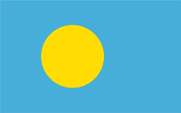
National flag,
ratio = 5:8,
Source, by: Flags of the World






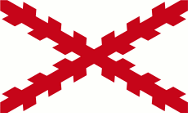
16th/18th century,
The islands belong to the Spanish sphere of influence,
Source, by: Wikipedia (EN)



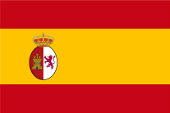
1785–1899,
Flag of Spain,
Source, by: World Statesmen



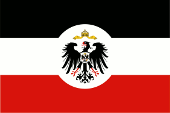
1899–1914,
German Empire,
Official flag of Colonial Office,
ratio = 2:3,
Source, by: Wikipedia (DE)





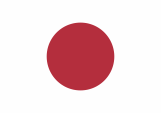
1914–1944,
Flag of Japan,
ratio = 7:10,
Source, by: Wikipedia (EN)






1944–1994,
Flag of USA,
ratio = 10:19,
Source, by: Wikipedia (DE)





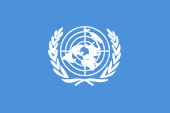
1947–1962,
UN Trust Territory,
Flag of the UNO,
ratio = 2:3,
Source, by: Wikipedia (EN)





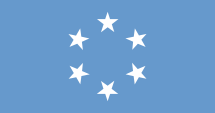
1962–1980,
UN Trust Territory,
Flag of the Pacific Islands,
ratio = 10:19,
Source, by: Flags of the World




The current flag of the Palau Islands was created by Blau Skebong in 1979 and officially adopted on 13th of June in 1980. It shows a yellow disc shifted towards the mast on a light blue ground cloth. The blue symbolises the ocean and continuity. The disc is a symbol of the moon and represents the vegetative cycle and the ritual lunar cycle and the rise of Palau as an independent nation. The blue has been deliberately chosen differently from the previously used flag of the "Pacific Islands" to symbolise the change from semi-colonial dependence to state sovereignty. The colours of the flag are defined by Law 7-6-2 (Bill 7-230, D7) as of 22 October 1980, but only as "golden yellow" and "sky blue", which today appear to be defined as follows: Blue = HEX #4AADD6, which would correspond to Pantone 298, Yellow = HEX #FFDE00, which would correspond to Pantone Hexachrome Yellow. When the Palau Islands still have been a part of the UN Trust Territory of the "Pacific Islands", so between 1947 and 1979, was hoisted here since 3rd of October in 1962 and the retire of the Marshall Islands from the society of the Pacific Islands the the flag of the UN Trust Territory. It was pale blue and showed six circular grouped white five-pointed stars. The blue stood for the UN and the six stars for the six administrative districts, the Pacific Islands consisted of.
Source:
Flags of the World,
Flaggen und Coat of arms of the Welt,
Wikipedia (EN)

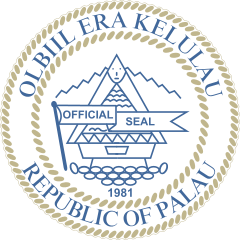
Seal of the Palau Islands,
Source: Washiucho, Public domain, via Wikimedia Commons

The Palau Islands use a seal. It was introduced in 1955. It shows in the middle a so named meeting-house. Above that a banner with the inscription "Official Seal". The meeting-house stands on eighteen stones which symbolize the single republics of the country. On the occasion of the proclamation of the republic was added in 1981 even the number of the year ergänzt. All around in a circle the words "Olbil era Kelulalu" (the native name of the country's parliament) and the name of the country in English language: "Rebuplic of Palau".
Source: Flaggen und Coat of arms of the Welt

Location:
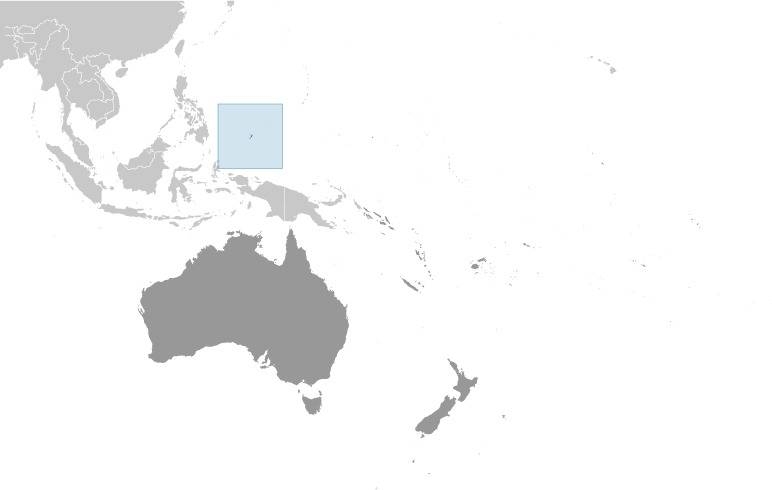
Source: CIA World Factbook
Map of the country:
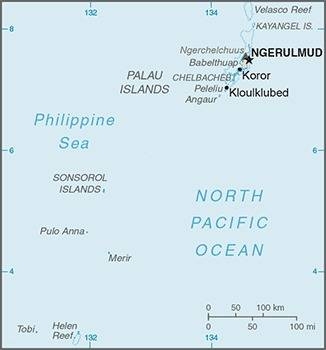
Source: CIA World Factbook

Area: 177 square miles
Inhabitants: 18.233 (2022), therof 73% Mikronesians (Palauan), 22% Asians (mostly Filipinos, some Chinese), 2% Carolinian, 1% Europeans, furthermore a few Japanese
Religions: 90% Christian, 6% Modekngei, 3% Muslim
Density of Population: 103 inh./sq.mi.
Capital: to 2006: Koror (Korror), 11.200 inh., from 2006: Ngerulmud, 318 inh.
official Languages: English, Palauan
other Languages: Japanese, Sonsorolese, Tobian
Currency: 1 US-Dollar (US$) = 100 Cents
Time Zone: GMT + 9 h
Source: Wikipedia (EN)

ca. 1500 B.C. · first settlement on the islands
1543 · discovery of the Palau Islands by the Spanish seafarer Ruy López de Villalobos
18th cent. · Spanish colonization
1899 · Spain sells the Caroline Islands to the German Empire, annexation to the colony of German New Guinea
1914 · First World War (1914–1918), occupation by Japanese troops
1920 · Versailles Dictate, the German Empire loses all its colonies, the Palau Islands and the other Caroline Islands become officially – together with the other German possessions (Mariana and Marshall Islands) in Micronesia – as "Pacific Islands" a Mandate Territory of the League of Nations handed over to Japan
1944 · Second World War (1939–1945), occupation by US-American troops
1947 · the Caroline Islands (and in this way Palau) become officially hand over to the USA formation of the UN trust territory of the "Pacific Islands" (Mariana Islands, Marshall Islands, Caroline Islands) under US-American administration
1965 · establishment of an own legislative congregation for the Pacific Islands
1978 · referendum for the formation of the Federated State of Micronesia after the end of the USA administration on the Pacific Islands, the Mariana Islands leave the society of the Pacific Islands and become a with the USA associated state
1979 · Palau gets its first own constitution, the Marshall Islands leave the society of the Pacific Islands and become in 1986 a with the USA associated state, elections on the Caroline Islands to the parliament of the Federated State of Micronesia, new constitution for Micronesia
1981 · the Palau Islands leave the Federated State of Micronesia, proclaim itself to republic and get partial autonomy
1990 · official abolition of the UN trust territory
1993 · the Palau Islands become a with the USA associated state
1st of October 1994 · the Palau Islands become formally independent (joining to UNO) and become a with the USA associated state
Source: Wikipedia (EN)

The origin of the country's name "Palau" is largely obscure. It is said to be a falsification of the name of the main island "Panloq".
Source: Wiktionary (DE)


![]()

























